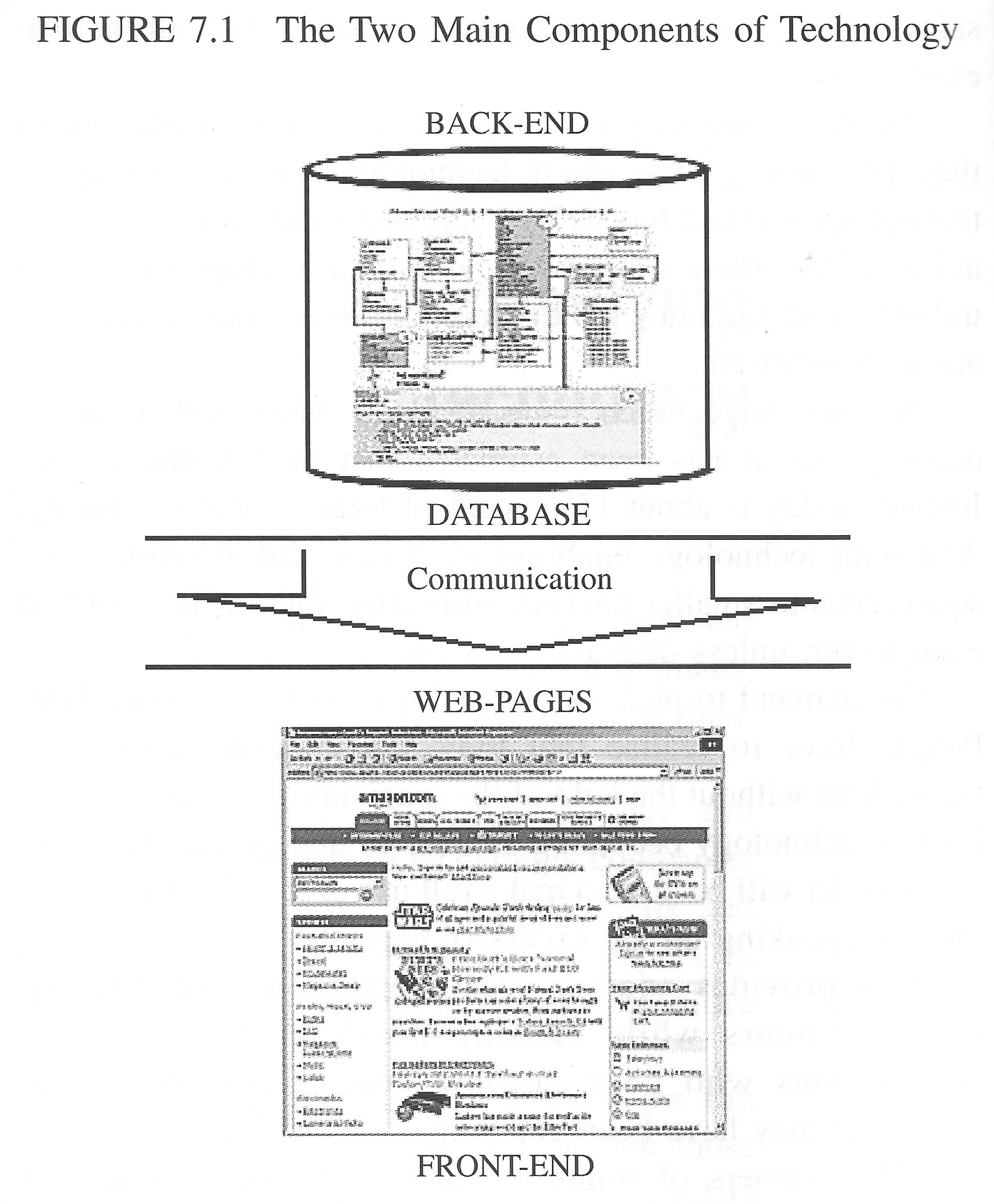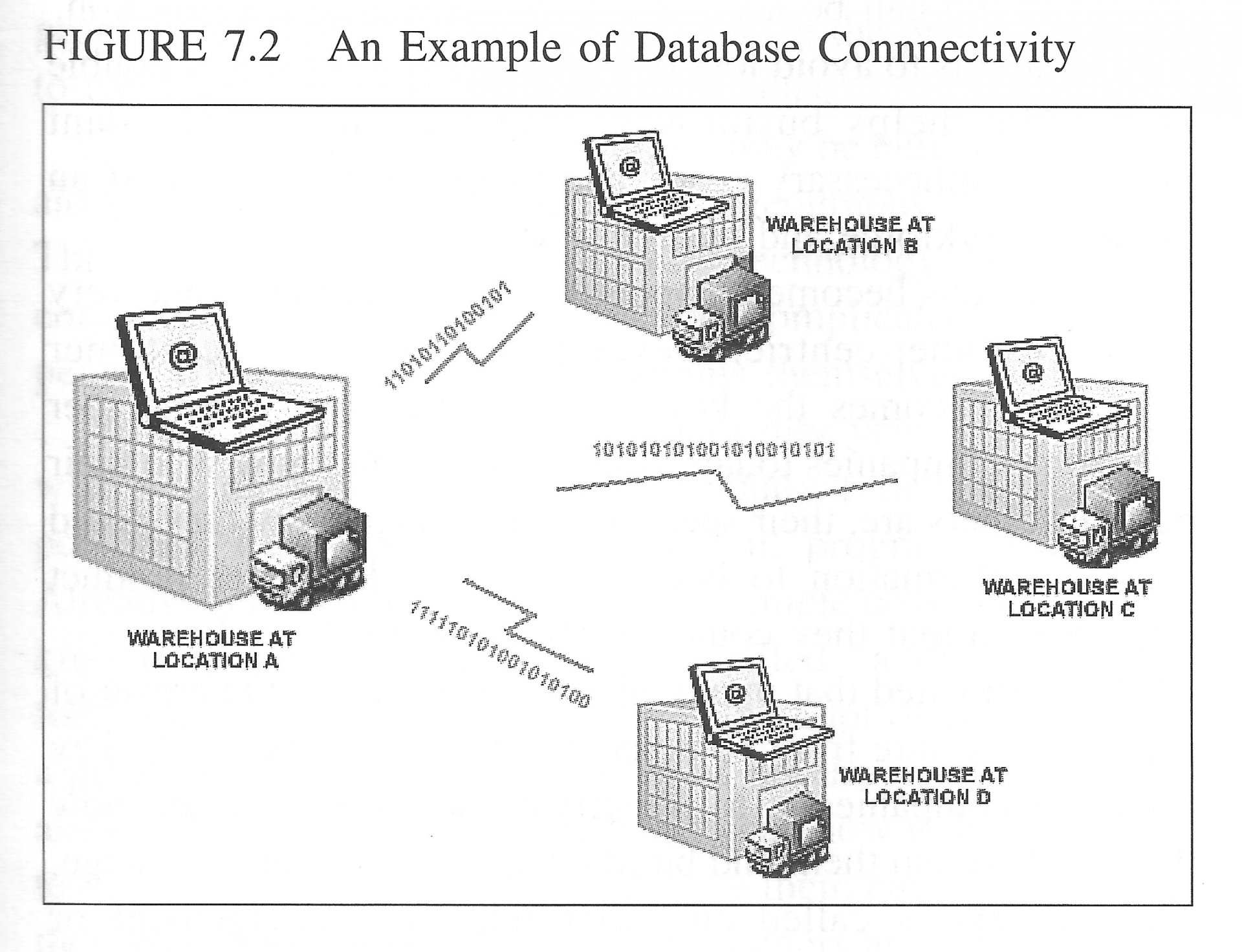Technopreneurship - De-mystifying Technology
The word “technology” to most consumers and managers is akin to magic. They need shaman’s, witch doctors, gurus or messiahs to help them understand and tame technology.
So taking advantage of this fear and ignorance, big and small technology companies use modern variations of magical spells and rituals to hold consumers and managers in thrall and all. The aim - to sell more technology.
In the early days Sun Microsystems ran advertisements of dot bombs falling on those who had failed to recognize the benefits brought about by their solutions and presented technology as complex and hence of value. The industry continued to turn out various jargons on a daily basis to define simple processes. We had names like PHP, XML, Java, C++, j2ee, .Net for programming languages and b2b, b2c, b2b2c, CRM, ERP, Supply Chain and web services for business processes. The real truth in all of this was and is one in the same, that is, each of them had very little to do with a real execution.
All this sounded pretty impressive to most managers as they knew very little about technology. The mystifying of technology work too well. It allowed vendors to sell more at premiums. The result as we saw in the last chapter is under-utilisation of technology. For example, most home computers are under-utilised.
We also have much available bandwidth than we actually use. It has been estimated the total traffic on the Internet today is about 15 percent of total available capacity. And with technology enabling even more information to be squeezed into smaller packets, utilisation rates will be driven even lower, unless demand picks up.
For demand to pick up, technology must be de-mystified. People have to realize that they can understand and use technology without the help of the magicians. This in turn will lead to technology becoming simpler to understand. The man in the street will be able to make full use of it and demand will increase, soaking up the excessive capacity.
This provides another great opportunity for budding technopreneurs while causing problems for huge corporations who have become complacent on the fat premiums they have been enjoying.
“The winners of tomorrow are yet in the making and success is in for those who recognize them. Here is a tip, they go by the name “Technopreneur”.
Technology is the application of science, especially to industrial or commercial objectives and a scientific method and material used to achieve a commercial or industrial objective.
Like any other process, technology has two main components, the “front-end“ and the “back-and“ (see Figure 7.1).

The front end is what we see and deal with (GUI or Graphical User Interface). It is about presentation and function buttons. GUI instructs the back-end to process and output information. The front-end is the browser, the main face of the software solution the end client looks at, where he has the main menu, tools, options and help buttons, all connecting to the back-end.
Without the front-end, no matter how good the back-end is, it will never be able to communicate and function as efficiently, similarly a front-end without a back-end is of little or no use.
We are all familiar with database products such as Oracle, Informix, SQL 2000, Postgrel, MYSQL, Interbase so on. Software back-ends are nothing more than databases. And a database is just a warehouse that stores information. To be more precise, it is an intelligent warehouse, storing information (the warehouse) and processing and computing information (intelligence).
The best databases are intelligent enough to know what information they have or do not have and tap other databases provided the databases are linked and there is sufficient computing power since such databases use a lot of computing power, and bandwidth (see Figure 7.2). Such a warehouse can also distribute load, memory, processes and data to other warehouses in a seamless and efficient manner.

Supply Chain
Databases (and real warehouses) around the world are being linked via the Internet, creating a supply chain.
An ideal supply chain connects to sales department, inventories, suppliers and products, intermediate and final. It is an efficient exchange, on which orders can automatically be placed with suppliers as and when there is demand from the sales department. It allows the cutting back of orders when demand may be slacking.
Businesses are now going a step further and are creating web exchanges with suppliers can bid for orders and where the best offer and bid can be matched, saving organizations huge sums of money a year.
Similarly, companies can keep tabs on the workplace, connecting all the human resources, customer services, manufacturing, sales and so on. Data movement is seamless at all levels and can be accessed by all within an organization.
The aim is to avoid loss of or duplication of data or double entry. This helps businesses to cut down on redundant processes, unnecessary costs, and at the same time build an efficient workforce and customer services.
As markets become competitive, they tend to become very much consumer-centric. Development of a key customer advantage becomes the key business strategy - remember Amazon? Companies today want, and need, to know who their best customers are, their spending patterns and how they could use this information to boost sales or make better product decisions so that they could satisfy customers‘ needs.
It is estimated that in any given organization, 90 percent of the revenues are from 10 percent of their customers. The key for these companies is to identify these customers and how they could retain them and build up a key customer advantage. This process is called customer relations management or CRM.
With customer relations management, the key is to become a trusted source to the client so that the client can rely on the organization when in need. All of us have that trusted company or individual turn to when we require them. For example, this trusted source could be your barber. He knows how you like your hair to be cut, how to make you feel good and so on. The problem is when his business grows, the barber may not be able to recall all this information with ease.
Hence the use of technology to process and store information. This information gives us insight into opportunities and enables us to identify problems and directions, which result in decision making, enhancing our businesses, management and deriving total efficiency.
Getting There
Some schools have already begun to teach computer programming to young children. Although the process has yet to catch on, growth potential is enormous.
In future, computer programming may be taught in schools alongside subjects like mathematics, geography and science. This is what will further de-mystify technology. What looks complicated today will the longer be complicated tomorrow; people will be able to write programs themselves.
It is a possibility that in about twenty years‘ time, there will not be any more computer analyst or programmer positions. Everyone should be able to program efficiently. Already there is a trend towards new, simple development tool kits for programmers. In what is called “a drag-and-drop format”, the user does not have to know a lot of code to write a program. All the user needs to know are the right commands and execute them. Business managers can now write programs to meet their own needs. This will save them having to explain the requirements to software programmers and called writers, and then checking out the technicians‘ understanding of their requirements.
Every software solution available today has two main components, a back-end and a front-end. Now add data and processing rules and you have an instant intelligent system that can do just about anything. Add to it networking capabilities and it can share and become more resourceful.
If you can grasp this, imagine what you could do if you had no limitation of computing power. The data in the system is your resource and your computer is your basic number cruncher. We have short memories. If you could remember events from 10 years ago, 20 years ago or even 100 years ago, we could learn from the mistakes made and turn them into opportunities. Now imagine if you could share the data with the entire human race – the results could be mind-boggling.
That is what data storage and connectivity can do. The Internet is allowing us to decrypt and process efficiently an intellectual pool of resorces, which we can use to create value any profits from.
It is difficult to envisage the future of technology. Hollywood helps. Did you watch Star Trek two decades ago? Perhaps you could remember the little box that Captain Kirk and his crew used to communicate with each other. Today that small box is our mobile handphone that is going places with blue tooth, wireless, GPRS (General Packet Radio Service is a new non-voice value-added service that allows information to be sent and received across a mobile telephone network) and so on.
Similarly in a recent movie called Bicentennial Man, Robin Williams to the robot which yearned to be human. He eventually succeeded. We have a very long way to go before this happens. But judging by technologies under development, the day is not far away when computers will take up many more roles.
In his research article on the board robotics, Hans Moravec[1] states that the performance of thinking, emotive (artificial intelligence ot AI) machines will improve and match that of a human brain by the year 2020. His conclusion is based on the manner technology innervates and the speed and processing power required to match the human's brain. But machines with human-like capabilities for me economic sense only when they cost less than humans to employ.
In Japan, toys which have AI capabilities are already making waves in the entertainment scene. These small robotic smell pets can smell, here and touch. They have cameras as eyes and infra-red sensors to measure distance. Coming next may be the Bicentennial Man, so be prepared!
_________
[1] When will the Computer Hardware Match the Human Brain? Hans Moravec, Robotics Institute, Carnegie Mellon University, Pittsburgh, US, December 1997.
Chapter 5 De-mystifying Technology >>>
Technopreneurship Development - A Role for Society in Technopreneurship Development, a chapter written in 2002, explains the creative destructive forces at work in practically every aspect of human life and the reasoning for the massive confusion, leading up to revolutions, lack of employment opportunities and governments fiscal deficits. Technology is usually blamed for making the world a smaller place, the writing was on the wall since the late nineties, this chapter refreshes our memories.
Technopreneurship - The Successful Entrepreneur in the New Economy - Daniel Mankani. Published 2003. Pearson Education Asia - All rights, copyright reserved Daniel Mankani { ISBN0-13-046545-3 }







